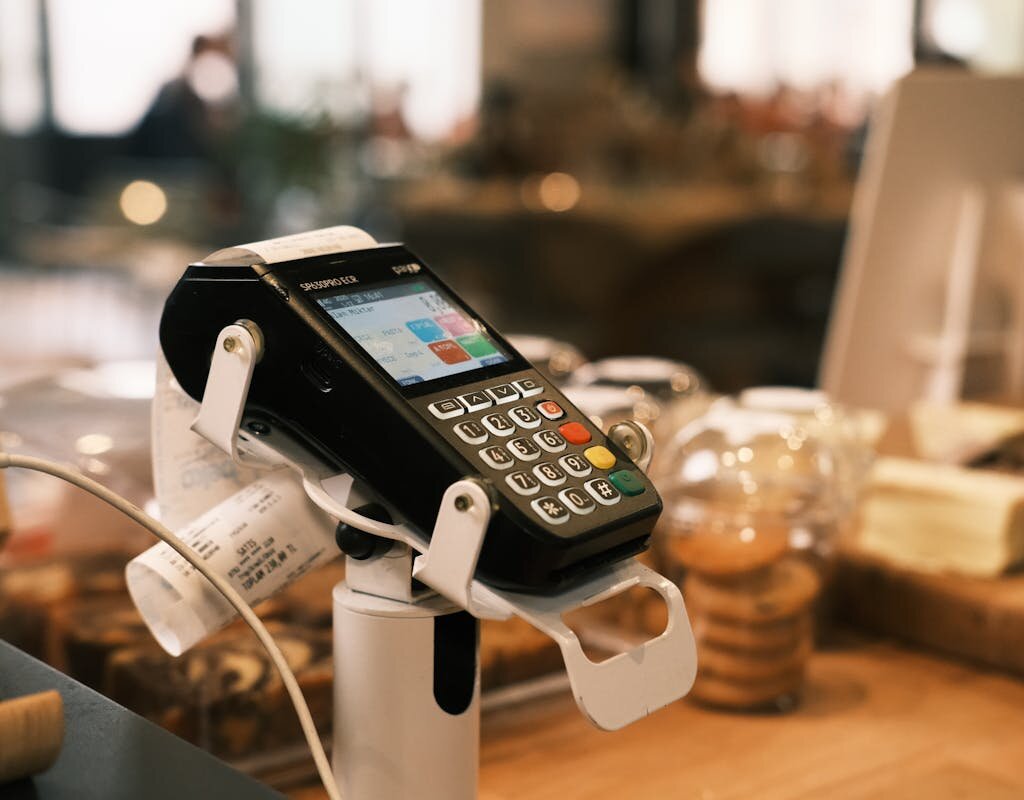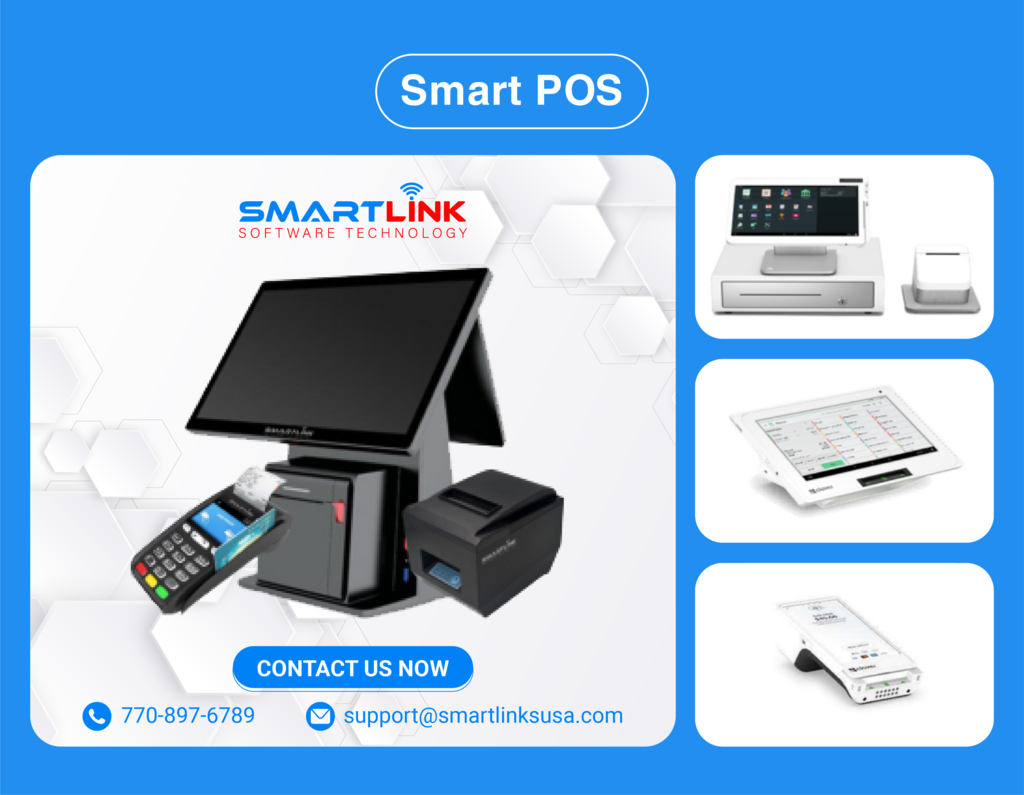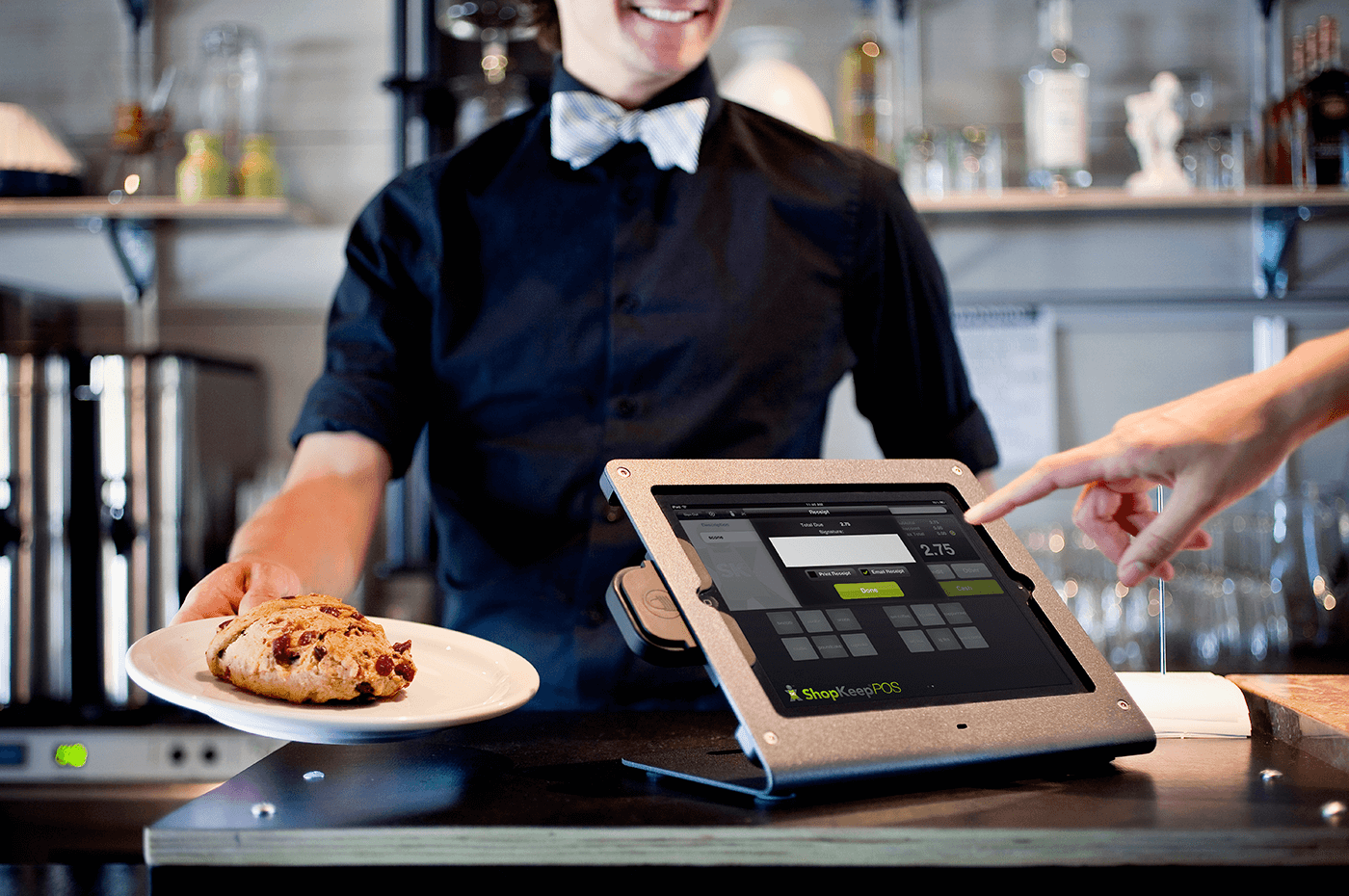In today's competitive restaurant industry, leveraging technology to enhance efficiency and optimize revenue is essential. One such technology is Point of Sale (POS) software. Beyond just a payment system, POS software serves as a comprehensive management tool, enabling restaurant owners in the U.S. to oversee every aspect of their business, from revenue and staff management to customer experience.
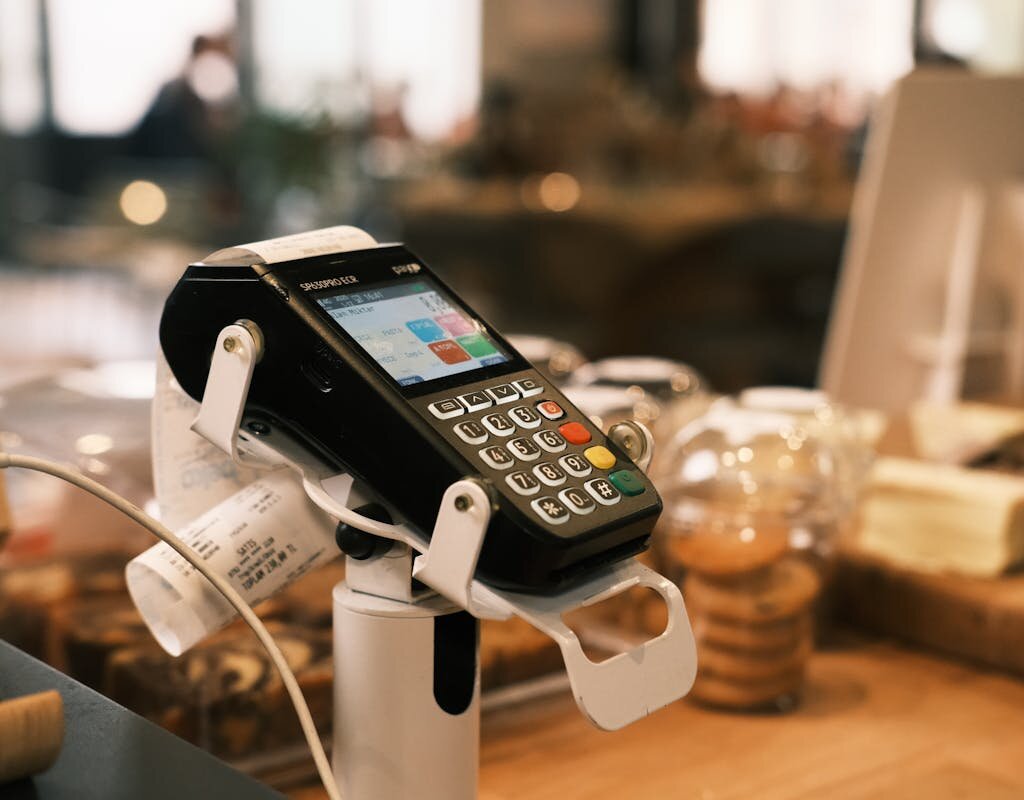
This article delves into the benefits, functionality, and reasons why investing in POS software is a smart move for any restaurant.
1. What is POS software?
POS software is a point-of-sale management system that offers far more than a traditional cash register. It includes functionalities such as payment processing, order management, inventory tracking, and revenue data analysis. By using POS software, restaurant owners can streamline operations, reduce errors, and enhance business efficiency.
2. How POS software works for restaurants
2.1. Order management
- Order entry: Servers use touchscreens or tablets to enter customer orders directly into the POS system, either at the table or payment counter.
- Order transmission: Once entered, orders are automatically sent to the kitchen or bar via display screens or receipt printers, reducing errors and speeding up service.
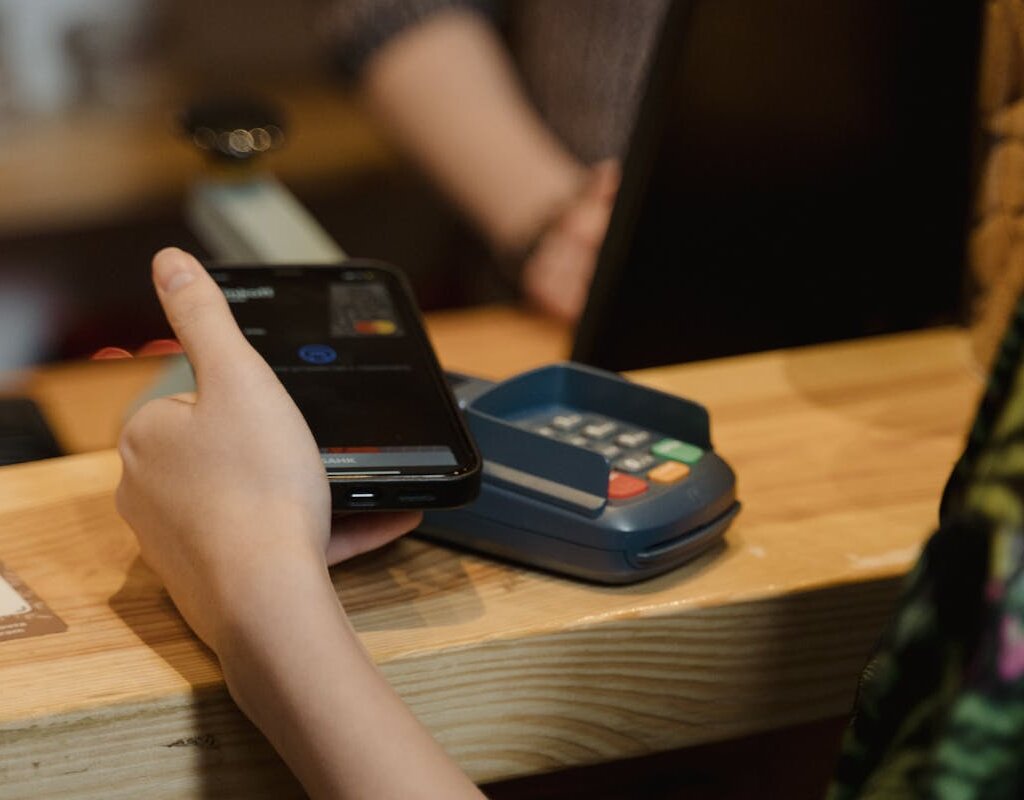
2.2. Payment processing
- Processing payments: The POS system supports multiple payment methods, including cash, credit cards, e-wallets, and mobile payments, with an intuitive user interface for quick transactions.
- Bill splitting: It allows for bill splitting, accommodating customers who prefer to pay separately, a convenient feature for group dining.
2.3. Inventory management
- Inventory tracking: The POS system automatically deducts ingredients from inventory as dishes are served, ensuring accurate stock levels and preventing sudden shortages.
- Low stock alerts: The system sends alerts when inventory levels drop below a set threshold, enabling timely restocking to avoid business interruptions.
2.4. Staff Management
- Time tracking: Staff can clock in and out through the POS system, providing accurate work hours tracking for management.
- Performance monitoring: The POS software generates reports on staff performance, tracking order handling and revenue contributions, aiding in effective evaluation and motivation.
2.5. Data analysis and reporting
- Revenue reports: The POS system generates detailed reports on sales, profits, and expenses, viewable daily, weekly, or monthly for business assessment.
- Trend analysis: It provides insights into best-selling items, peak hours, and customer behaviors, helping to adjust menus and business strategies accordingly.
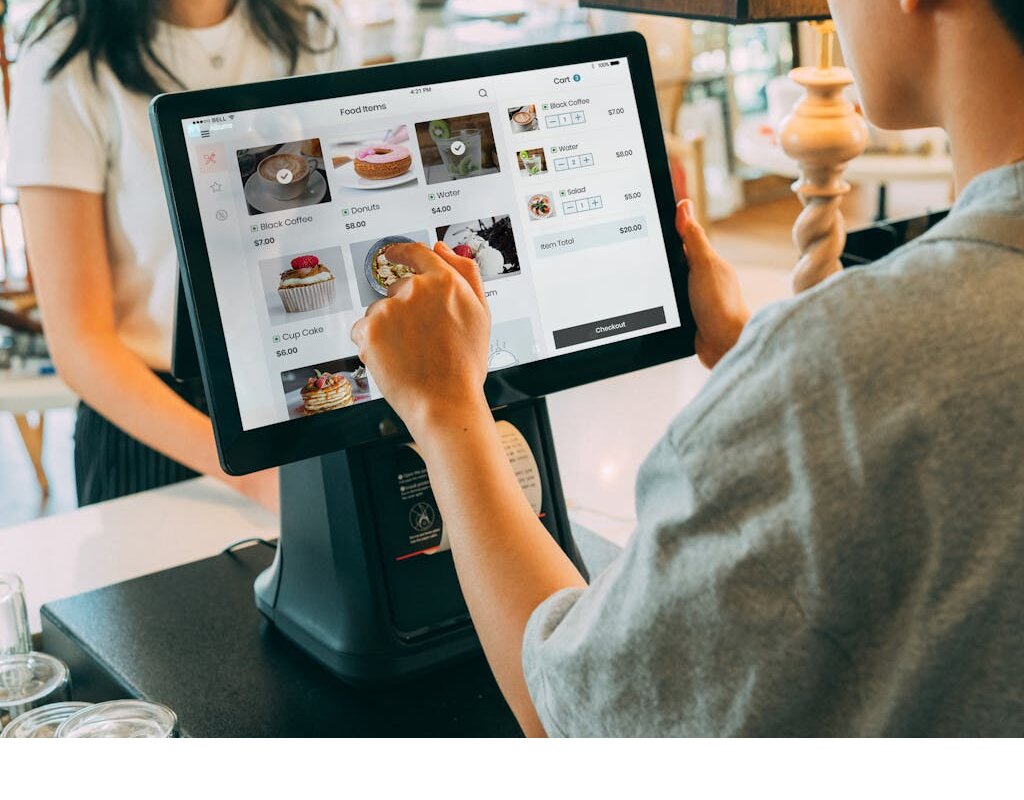 2.6. Enhancing customer experience
2.6. Enhancing customer experience
- Customer management integration: The system stores customer information, tracks purchase history, and supports loyalty programs, fostering long-term customer relationships.
- Online reservations and delivery: Modern POS systems often include online reservation and delivery management, simplifying the process for customers.
2.7. Marketing and promotions management
- Creating promotions: The POS system allows for flexible management of promotional programs, such as automatic discounts for meeting specific conditions like buy-one-get-one deals.
- Sending offers via Email/SMS: Some POS systems can send promotional notifications or special offers to customers via email or text messages, maintaining engagement and encouraging repeat visits.
3. Benefits of POS software for restaurants
3.1. Enhanced revenue management
POS software provides precise and detailed revenue tracking, capturing every transaction instantly. This transparency helps in understanding sales performance, popular dishes, and peak revenue periods, enabling data-driven business decisions and optimized pricing strategies.
3.2. Streamlined operations
The automation of processes, from order taking to payment, reduces customer wait times and enhances service accuracy. Staff can efficiently manage orders using tablets or touchscreens, directly sending information to the kitchen, thus improving service flow.
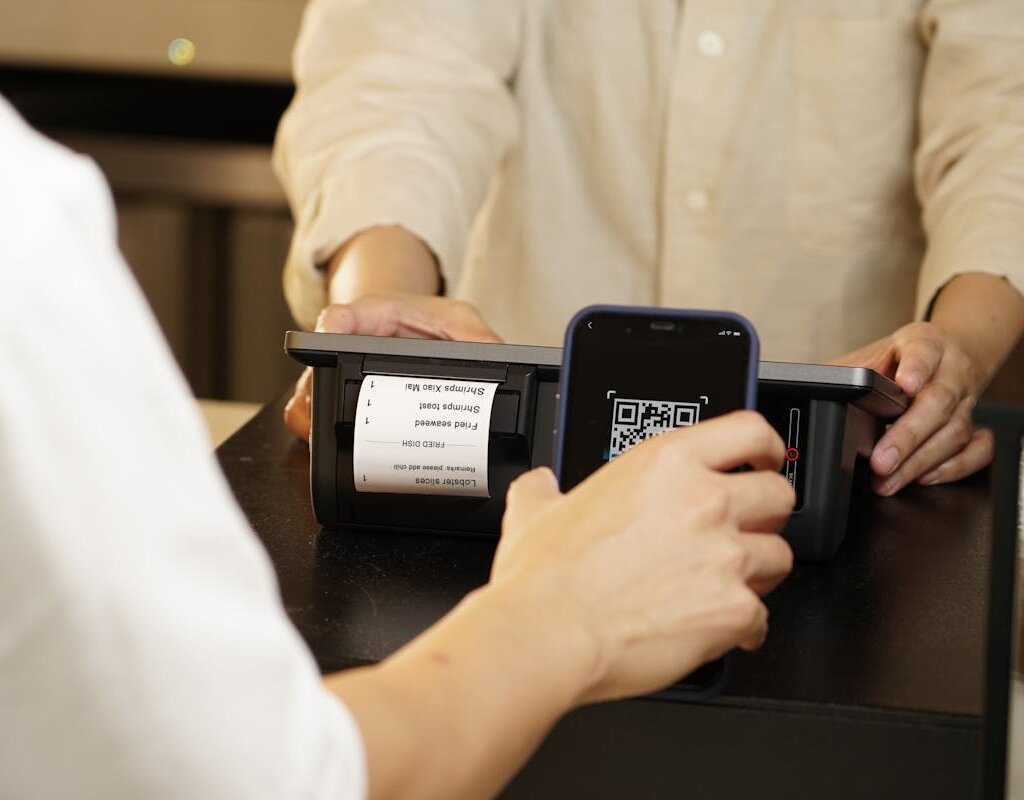
3.3. Smart inventory management
Tracking real-time inventory levels and receiving low stock alerts help prevent shortages and minimize waste, reducing costs and improving ingredient usage efficiency.
3.4. Improved customer experience
Modern POS systems enhance customer experience by integrating online reservations, loyalty programs, and feedback management. A superior customer experience boosts return rates and long-term revenue.
3.5. Data-driven decision making
Detailed analytics on revenue, profit margins, item performance, and customer behavior provide a comprehensive understanding of business performance. This data supports strategic adjustments in marketing, menu optimization, and service improvements.
4. Factors to consider when choosing POS software for restaurants
4.1. Integration capabilities
The POS software should integrate seamlessly with other systems such as employee management, accounting, and marketing, creating a comprehensive management ecosystem.

4.2. Security features
Given the sensitive nature of customer data and financial transactions, robust security features such as data encryption and access controls are crucial.
4.3. User-friendly interface
An intuitive interface ensures that staff can quickly adapt and use the system effectively, minimizing errors and enhancing customer service.
4.4. Technical support
Choosing a POS provider with reliable technical support ensures that any issues are resolved promptly, preventing disruptions in restaurant operations.
Conclusion
POS software is not just a payment tool but a comprehensive solution for managing and optimizing restaurant operations. From enhancing revenue management and streamlining processes to improving customer experiences, POS systems play a vital role in the success of a restaurant. Investing in modern POS systems saves time, reduces costs, and provides long-term benefits.
Consider choosing the right POS software to elevate your restaurant, meet the growing demands of the U.S. market, and create a distinctive presence in the culinary industry.
